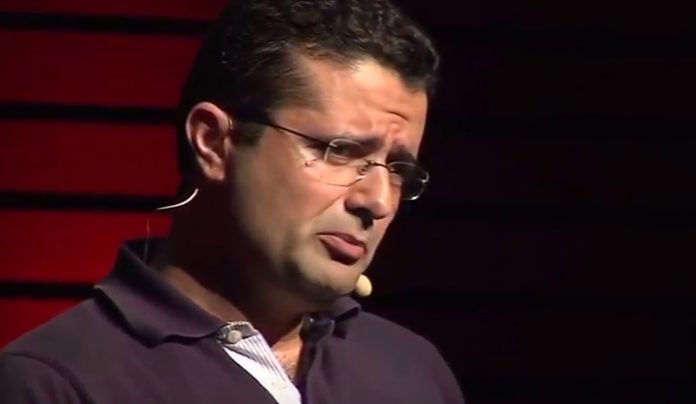Wind energy is one of the fastest growing alternative energy resources in the world today. For the US, the goal is to produce at least 20% of its electricity through wind energy by the year 2030. The advantages and disadvantages of wind energy show that this goal is attainable, but it won’t be without difficulty.
What Are the Advantages of Wind Energy?
1. It is an environmentally friendly energy resource.
Wind energy is considered to be a clean source of energy. This means producing energy doesn’t create a potentially destructive byproduct like carbon dioxide. In return, the world becomes less reliant on fossil fuels to power the energy economy.
2. It is a renewable energy resource.
You won’t have to worry about the wind ever disappearing. It is always available somewhere on the planet and it is always free. Fossil fuels, on the other hand, are considered a finite resource because there is only so much of it that is available on our planet.
3. It is a technology.
Because wind energy is more of a technology than an actual resource, this means it will become cheaper over time as it becomes more efficient. As the expense of delivering wind energy decreases, demand has historically increased, which makes wind energy even more accessible.
4. It can provide an income.
Some land owners have prime real estate when it comes to wind movement. This makes it the perfect opportunity to lease that land for a turbine farm. Money is generated for the property owner, households receive cost-effective power, and the impact to the environment remains small.
What Are the Disadvantages of Wind Energy?
1. Wind is not always reliable.
Most turbines function at a 25-35% capacity once they’ve been installed. This is because even though they may be used in a high wind area, the actual amount of wind can be quite variable. Wind may always be free, but it’s arrival is not always easy to predict. And, if you get too much wind, you might even damage the turbine.
2. It creates a new threat to wildlife.
Although any tall structure creates an impact threat for aerial animals, this threat is increased with the installation of a turbine. Not only is the structure a threat, but so are the wind conditions around the blades of the turbine as they spin. Some wind farms have seen a tremendous loss of bird and bat life.
3. Turbines can be noisy.
Although you don’t necessarily hear a wind turbine when you’re driving by it, those who leave near them will certainly hear it working. The average turbine operates at a noise level of 60 dB. That’s about equal to a lawn mower operating.
4. It can be expensive.
Wind energy may be cost-effective to harvest, but the installation costs of a turbine can be quite high. The goal is to make up this initial investment over time, which not every wind farm is able to do.
The advantages and disadvantages of wind energy deserve careful consideration before actions are taken. It is a form of energy that can protect the environment, but it may not provide the reliable and cost-effective energy a community may need.
Crystal Lombardo is a contributing editor for Vision Launch. Crystal is a seasoned writer and researcher with over 10 years of experience. She has been an editor of three popular blogs that each have had over 500,000 monthly readers.


















